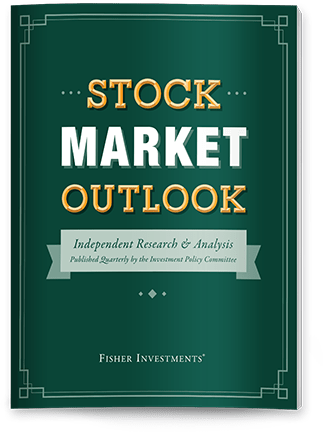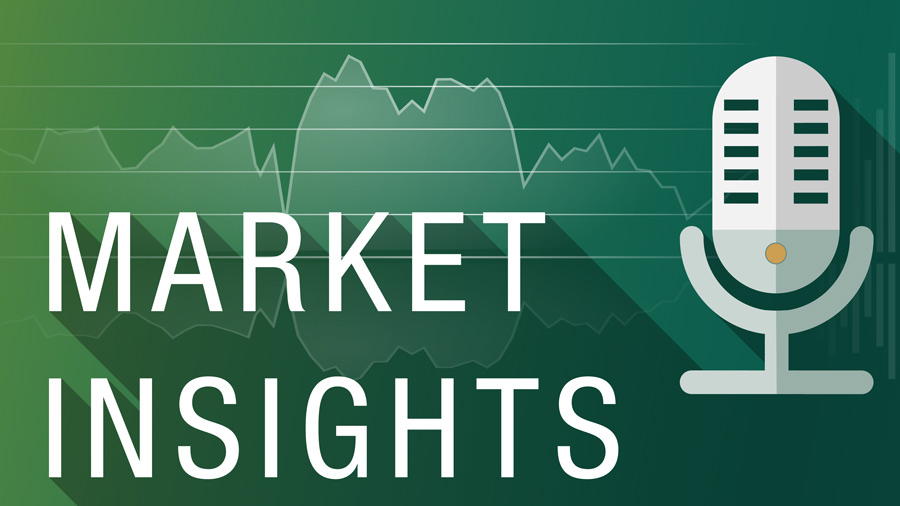Personal Wealth Management / Market Analysis
Some Pre-Jackson Hole Perspective on Rate Cuts and Stocks
We are bullish. Rate cuts aren’t why.
Buckle up, dear readers, for today’s topic is the Fed and rate cuts. Not because of personalities, appointments or politics—we are always agnostic on such things!—but because rate cut expectations are ramping up ahead of next week’s Jackson Hole shindig and September’s Fed meeting. We are starting to see more of the standard don’t fight the Fed chatter arguing rate cuts are super bullish for stocks. Yet we have reviewed the history and confirmed short-term rate cuts, like hikes, aren’t a game changer.
First, understand: We can see a case for cutting rates—to steepen the yield curve, as we will discuss. But some perspective on the market effects seems in order first. On that note, Exhibit 1 rounds up the initial rate cuts in all sustained cutting cycles since 1971. You will see the cut’s date alongside forward 6-month, 12-month and 18-month S&P 500 price index returns (alas, these data predate the history of daily total returns). There is a smattering of negatives, but overall, the averages look rather nice. They are also higher than returns after rate hikes, in Exhibit 2.
Exhibit 1: S&P 500 Returns After Initial Fed Rate Cuts

Source: FactSet, as of 8/11/2025. Returns are from market close the day before the Fed’s announcement.
Exhibit 2: S&P 500 Returns After Initial Fed Rate Hikes

Source: FactSet, as of 8/11/2025. Returns are from market close the day before the Fed’s announcement.
But if you consider where these rate cut (and hike) cycles’ beginnings fall in market history, the notion of inherent bullishness falls apart. Look at those uniform red lines in Exhibit 1. What do they have in common? Big, brutal, long bear markets. In 2001, the Fed started cutting nearly a year into the dot-com bust, which started in March 2000. Rate cuts didn’t prevent the bear market from torturing investors until October 2002. In 2007, the Fed started cutting less than a month before the market’s peak at the advent of the global financial crisis. That bear market mauled investors until March 2009. On both occasions, cuts couldn’t override the broader trend.
Meanwhile, returns after the 1974 and 1990 cuts got a sizable boost from new bull markets that were already underway before the Fed acted. Both times, the first cut came just over two months after the bear market’s low. Some of history’s strongest returns concentrate early in bull markets, kind of a spring-loaded, rubber-band effect from the prior downturn. So in these cases, returns after the rate cut were just riding standard new-bull-market tailwinds. Then, as during the bear market examples, Fed rate cuts didn’t alter the extant trend.
It is really the same story as rate hikes, when you get down to it. Those, too, mostly occurred during longer-term trends without bucking them. The only difference is that where the Fed is likely to cut relatively early in a bull market, it is quite likely to hike much later in the cycle. This is just common sense, not a statement on Fed wisdom or success. But in general, on average, the Fed hikes to cool what it perceives as an overheating economy, which usually becomes a concern late cycle. It ordinarily cuts to arrest a downturn or boost what it perceives as a weak or recovering economy, which is usually more of a concern early.
Whether policymakers are mostly right about or successful at this over time isn’t the point. Rather: Throughout history, whether cutting or hiking, the Fed tends to be a market follower, not a leader or catalyst for change.
Look, we can see an argument for rate cuts being beneficial right now. Not because the US economy needs them, but because the US yield curve is pretty flat while the rest of the world is getting pretty steep. Since banks borrow short term to fund longer-term loans, this promotes credit creation—which fosters investment and growth. Cuts here should steepen the US curve, bringing US economic fundamentals more in line with the rest of the world. Yet the US economy and lending have already proven able to grow with a pausing Fed. Moreover, this is an economic observation, not a statement about what markets need.
Because the thing everyone seems to forget is that markets are forward-looking. Rate cuts have long been baked into investors’ expectations via Fed forecasts, futures markets and incessant headline chatter. If markets are at all efficient, cuts are already priced in.
The world learned this in reverse in 2022. Then, Fed rate hikes were one of the big fears weighing on sentiment and contributing to that year’s shallow, sentiment-induced bear market. But it wasn’t because rate hikes were bearish. Rather, the Fed had repeatedly signaled it wouldn’t hike rates, as officials believed hotter inflation wasn’t going to stick around indefinitely. When they hiked in March and continued hiking in large increments from there, it was a sudden, surprise about-face. It was the shock factor, not the hike itself, that seemed to damage investors’ psyches. (And also, the bear market was a couple months old when the Fed hiked. There, too, it didn’t change pre-existing trends.)
So for stocks, future cuts probably won’t be any more of a gamechanger than past cuts. They will likely just be signposts along the longer-term trend, just like last year’s three cuts were.
If you would like to contact the editors responsible for this article, please message MarketMinder directly.
*The content contained in this article represents only the opinions and viewpoints of the Fisher Investments editorial staff.
Get a weekly roundup of our market insights
Sign up for our weekly e-mail newsletter.

You Imagine Your Future. We Help You Get There.
Are you ready to start your journey to a better financial future?

Where Might the Market Go Next?
Confidently tackle the market’s ups and downs with independent research and analysis that tells you where we think stocks are headed—and why.





